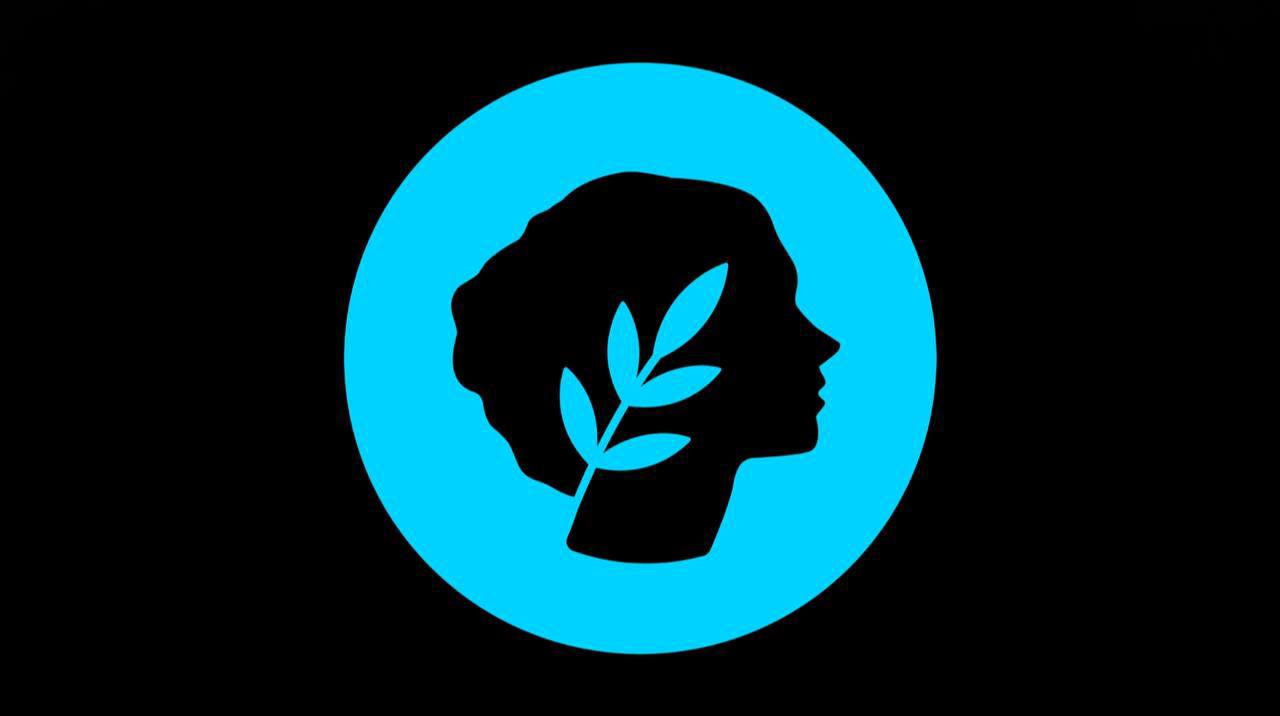In the context of Ethereum increasingly becoming the core platform for Web3 infrastructure, the need for a safe, decentralized, and scalable staking system has never been more urgent. Obol Network was created as a highly promising solution to this problem, with its Distributed Validator Technology (DVT) – a breakthrough step that significantly improves fault tolerance and security for validator systems.
The native token $OBOL is not only a governance tool but also the key for the community to participate in building and developing the decentralized staking network. So what exactly is Obol Network? Why is this project considered an essential piece in the future of Ethereum and Web3? Let’s explore in the article below.
Overview of Obol Network (OBOL)

What is Obol Network?
Obol Network is an advanced staking infrastructure project designed to enhance the decentralization and fault tolerance of the Ethereum network through Distributed Validator Technology (DVT). The project is developed by Obol Labs – a team specializing in research and development of infrastructure software for Proof-of-Stake (PoS) blockchain networks.
Vision of Obol Network (OBOL)
Obol Network aims to become the leading decentralized staking infrastructure platform, not only limited to Ethereum but also expanding across the entire PoS blockchain ecosystem. The project seeks to build an efficient, secure, trustless network of validators, contributing to a sustainable and transparent ecosystem for the blockchain industry.
Core Technology of Obol Network (OBOL): Distributed Validator Technology (DVT)
Concept of DVT
Distributed Validator Technology (DVT) allows a single Ethereum validator to be operated by multiple independent nodes instead of relying on only one. These nodes coordinate to validate transactions through a consensus mechanism, maintaining stable operation even if some nodes fail. As long as at least two-thirds of the nodes remain active, the validator can continue to perform its duties as usual.
Obol implements DVT via Charon – an open-source middleware that orchestrates distributed validator clusters. Charon is compatible with multiple Ethereum clients such as Geth, Lighthouse, Teku, and Prysm, allowing validators to use existing infrastructure without major changes.
Benefits of DVT
- Enhanced security: removes single points of failure, reducing the risk of attacks or downtime.
- Operational risk reduction: the system remains functional even if some nodes encounter issues.
- Improved performance & availability: distributing tasks makes the network more flexible and reliable.
Products and Solutions of Obol Network (OBOL)
Obol Network provides staking infrastructure using DVT technology, making Ethereum more decentralized and fault-tolerant. The main products include:
- Charon – Middleware for Distributed Validators
Charon is an open-source middleware written in GoLang. It operates as an intermediary layer between consensus clients and validators, allowing multiple nodes to act together as a single distributed validator. Charon supports Byzantine Fault Tolerance (BFT), ensuring the system continues operating even if some nodes fail.
- DV Launchpad – Distributed Validator Deployment Tool
DV Launchpad is a user interface that simplifies the setup and deployment of distributed validator clusters. It guides users through steps such as cluster configuration, operator approvals, Distributed Key Generation (DKG) share creation, and cluster verification.
- Obol Managers – Smart Contracts for Validator Management
Obol Managers are a suite of smart contracts used to coordinate and manage distributed validators. They enable sharing and coordination among validator groups, ensuring synchronization and security for the network.
- Obol Testnets – Incentivized Test Networks
Obol Testnets are test networks designed for users and validator teams to trial the system before Mainnet deployment. These testnets often include incentive programs to attract community participation and contributions.
- Obol Splits – Staking Rewards Distribution
Obol Splits are smart contracts used to distribute staking rewards fairly among members of a distributed validator cluster. This ensures that all participants receive rewards proportional to their contributions.
- Obol SDK & API – Developer Tools for Validators
Obol provides an SDK and API to help developers easily integrate and deploy distributed validator clusters in their staking protocols or applications. This supports scalability and customization according to each project’s specific needs.
Token $OBOL: Utility and Distribution
Tokenomics
- Full Name: Obol Network
- Symbol: OBOL
- Standard: ERC-20
- Maximum Total Supply: 500,000,000 OBOL
| Category | Allocation (%) | Number of Tokens | Notes |
| Ecosystem Treasury & Retroactive Funding | 35.7% | 178,500,000 | Ecosystem grants, retroactive awards (RAF), gradually handed over to the community |
| Investors | 25.4% | 127,000,000 | Distributed over time (vesting) |
| Project Team | 16.3% | 81,500,000 | For founders and engineers, locked similarly to investors |
| Community Incentives | 12.5% | 62,500,000 | For user-growth programs |
| Airdrop | 7.5% | 37,500,000 | Given to early supporters |
| Public Sale via Coinlist | 2.7% | 13,500,000 | 50% unlocked immediately, 50% unlocked over 12 months |
Utilities of $OBOL
- Governance: Holders of $OBOL can delegate votes to representatives in the “Token House” to decide on protocols’ direction, upgrades, and budget allocation.
- Retroactive Funding (RAF): $OBOL is used to reward projects and individuals who have contributed value, via community voting.
- Staking: Users stake $OBOL to earn rewards (stOBOL) and help secure the network.
- DeFi Integration: Obol will integrate $OBOL into DeFi platforms like Morpho, EigenLayer, and Symbiotic to increase use cases and liquidity.
In Q2 2025, Obol Network will officially list $OBOL on major exchanges such as MEXC. This milestone will expand community access, boost liquidity, and drive $OBOL’s utility across the DeFi ecosystem.
Obol Network (OBOL) Development Team and Strategic Partners
Founding Team
Obol Network is led by a team with extensive experience in the blockchain and staking space:
- Collin Myers – Co-founder & CEO
- Oisín Kyne – Co-founder & CTO
- Chris Battenfield – Head of Product
- Nanni Sackmann – Head of HR
- Thomas Heremans – Head of Operations
Obol Labs now comprises over 40 members from multiple countries, more than half of whom are software engineers, underscoring its strong commitment to R&D.
Strategic Partners
- Lido & SSV Network: Collaborating to integrate DVT into leading staking protocols, enhancing Ethereum’s security and decentralization.
- Chorus One: Assisted in deploying distributed validators on Ethereum Mainnet during the Alpha phase, contributing to DVT testing and scaling.
- OODA AI: Partnering to integrate distributed AI processing capabilities into Obol’s node infrastructure, opening new opportunities for node operators in decentralized AI compute.
- Relm & Chainproof: Providing insurance services for distributed validators using Obol technology, attracting institutions and enterprises to stake with higher safety guarantees.
Obol Network (OBOL) Price Prediction
With its breakthrough DVT technology and robust tokenomics, $OBOL is expected to surge upon listing—especially given deep liquidity on exchanges like MEXC. In the medium to long term, as Distributed Validator Technology gains broader adoption, demand for staking $OBOL for both network security and governance should sustain an upward price trend. However, all predictions carry risk and are influenced by overall crypto market volatility. Investors should conduct their own research and risk assessments to avoid unexpected outcomes.
Final Remarks
Obol Network (OBOL) is revolutionizing decentralized staking on Ethereum with its core Distributed Validator Technology (DVT). Combined with a diverse product ecosystem—from Charon and DV Launchpad to Obol Splits and the SDK/API—Obol offers high utility to both developers and node operators. This cements Obol as the next-generation staking infrastructure, enabling transparent governance and fair reward distribution, and positioning it as a critical pillar for Ethereum’s and Web3’s sustainable growth.
Obol Network is gearing up for its Q2 token listing. If you’re seeking a reputable platform to seize decentralized staking opportunities with $OBOL upon launch, MEXC—with its deep liquidity, user-friendly interface, and generous newcomer incentives—is ideal. Download the MEXC app today to be ready for Obol Network’s next frontier!
FAQs
What is Obol Network (OBOL)?
Obol Network is a decentralized staking infrastructure protocol using Distributed Validator Technology (DVT) to enhance Ethereum’s security, reliability, and decentralization.
What utilities does the $OBOL token have?
$OBOL is used for governance, staking rewards, retroactive funding, and integration into DeFi protocols to boost liquidity and real-world use cases.
When will $OBOL be listed?
Obol Network plans to list $OBOL in Q2 2025 on major exchanges like MEXC, opening investment and ecosystem participation opportunities for the community.
Risk Disclaimer
The information in this article does not represent MEXC’s official stance or investment advice. Given the highly volatile nature of the cryptocurrency market, investors are encouraged to carefully evaluate market fluctuations, project fundamentals, and financial risks before making trading decisions.
Join MEXC and Get up to $10,000 Bonus!
Sign Up


